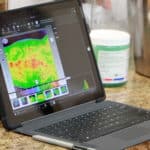

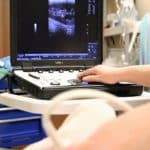
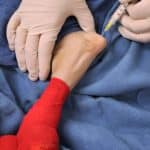
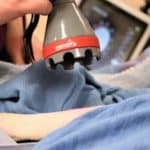

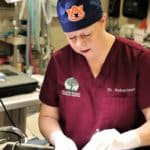
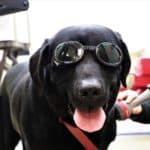
Thermography

Our companions cannot tell us where it hurts. With thermography, they do not have to. We can now see their pain without them saying a word, by measuring points of inflammation via thermal imaging.
Whether it be finding an ailment or screening for preventative care, thermography is an invaluable diagnostic tool.
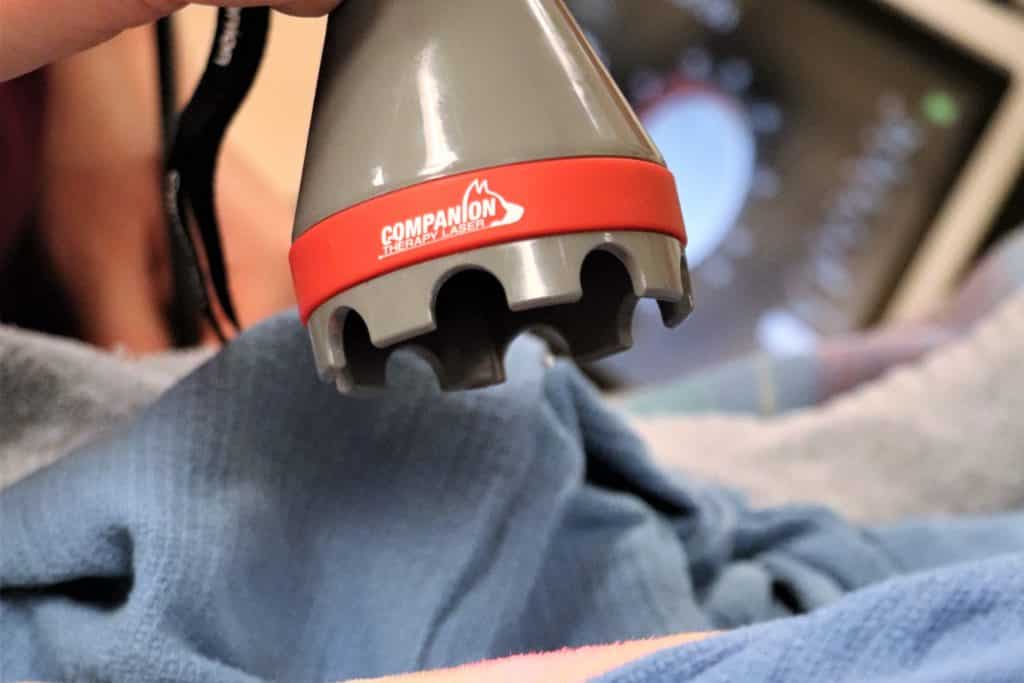
Class IV Laser Therapy
Chiropractic Care
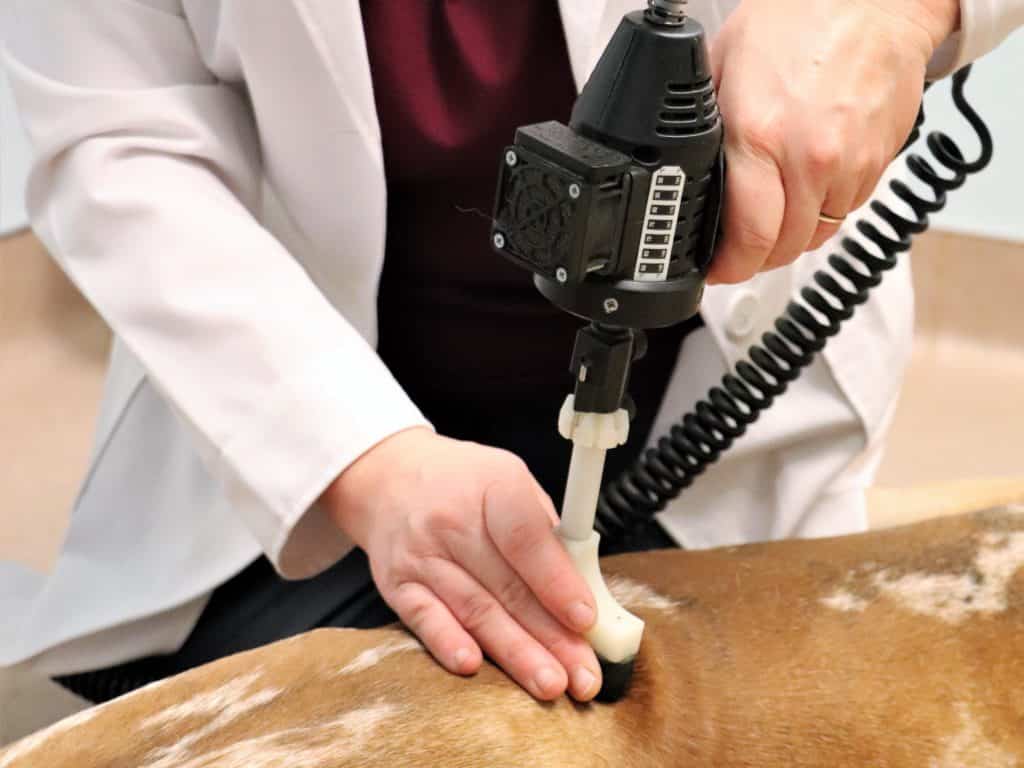
Chiropractic work is a vital treatment in spinal injuries. Just like us, our companions are prone to subluxations in everyday events, such as slipping in wet grass while running.
All chiropractic care also includes regenerative massage with Vetrostim as well as a Class IV Laser Therapy treatment.
Bannon Woods Equine uses the most modern Shockwave Therapy available: The Neo Vet! This machine provides Extracorporeal Shockwave Therapy (ESWT) for focused, specific treatment.
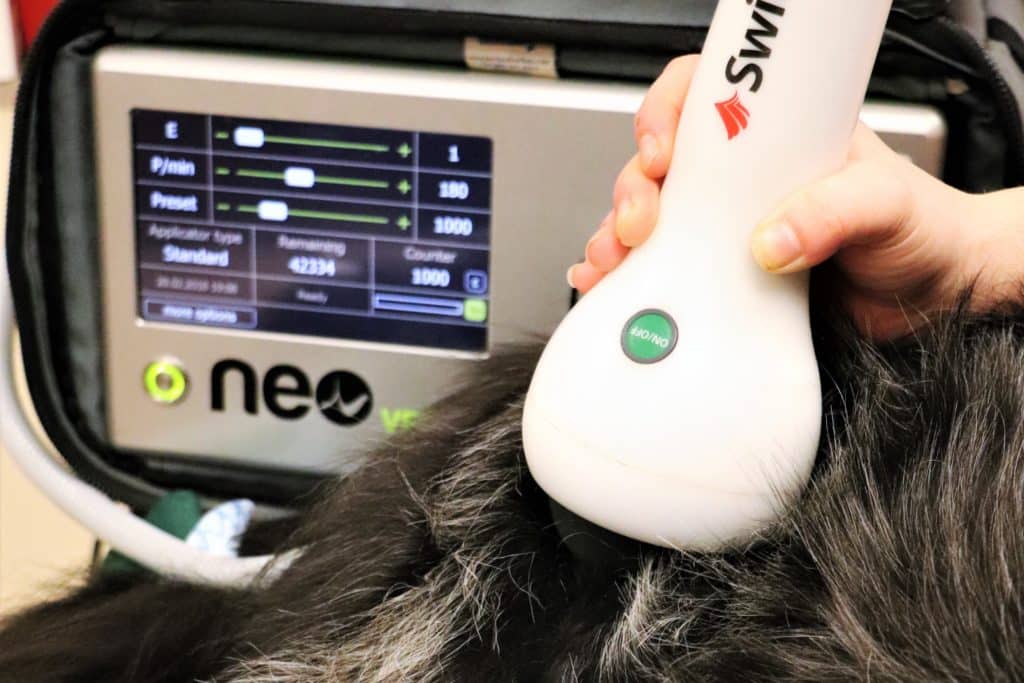
Shockwave Therapy
Advanced Ultrasonography
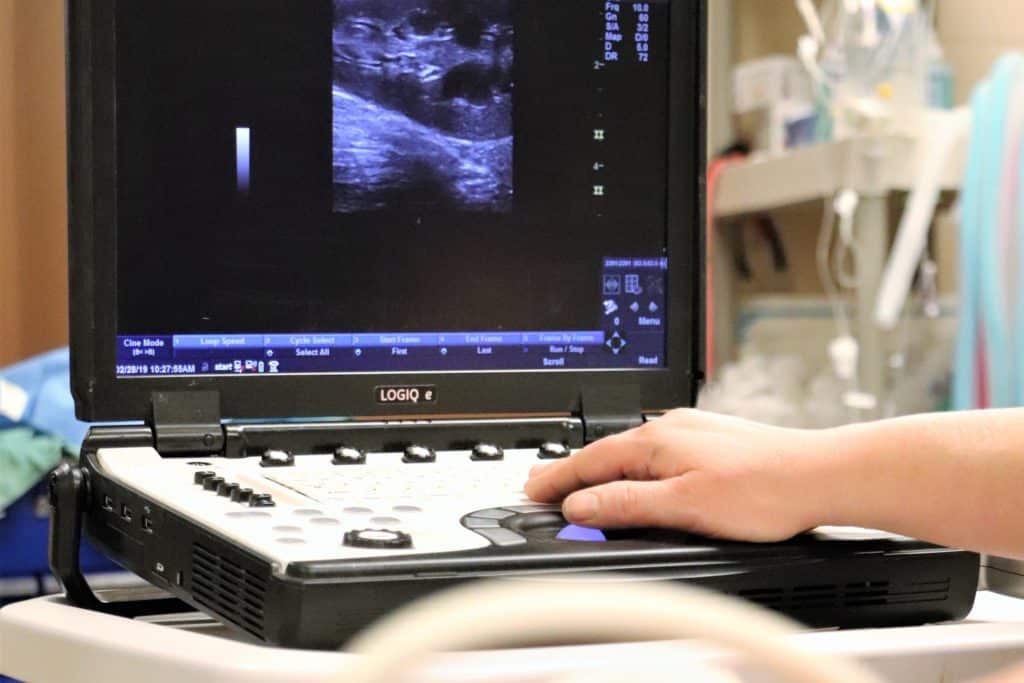
Including tendon mapping, echocardiographs, and internal imaging.
Joint injections are a very common treatment in equine injuries. Our veterinarians have developed protocols for our feline and canine patients so that they can benefit from this therapy.
Joint injections provide our patients with immediate, long-lasting relief from inflamed limbs. These techniques can also be utilized in treating joint infection and other similar conditions.

Joint Injection Therapies
Equinosis
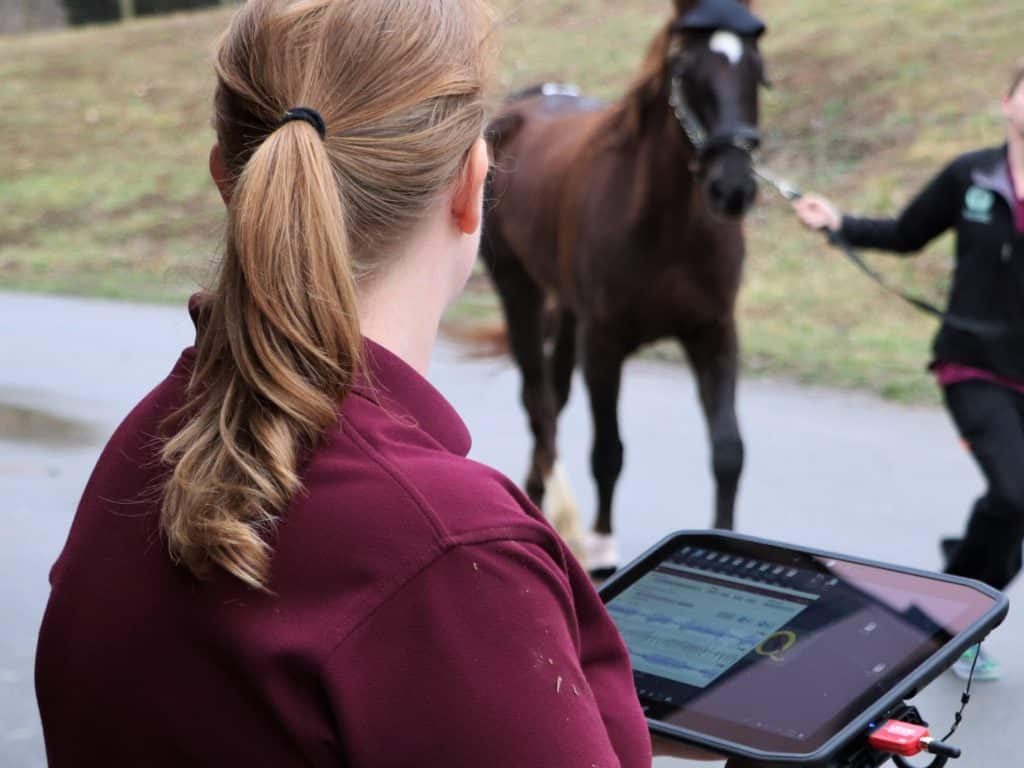
We offer several advanced orthopedic surgical options including OCD lesion repairs, FHOs, TPLOs, ACL/CCL tear correction, fracture repair, and arthroscopy.
Our veterinarians utilize top radiograph imagery and surgical techniques to ensure our patients receive the best care available to our industry.
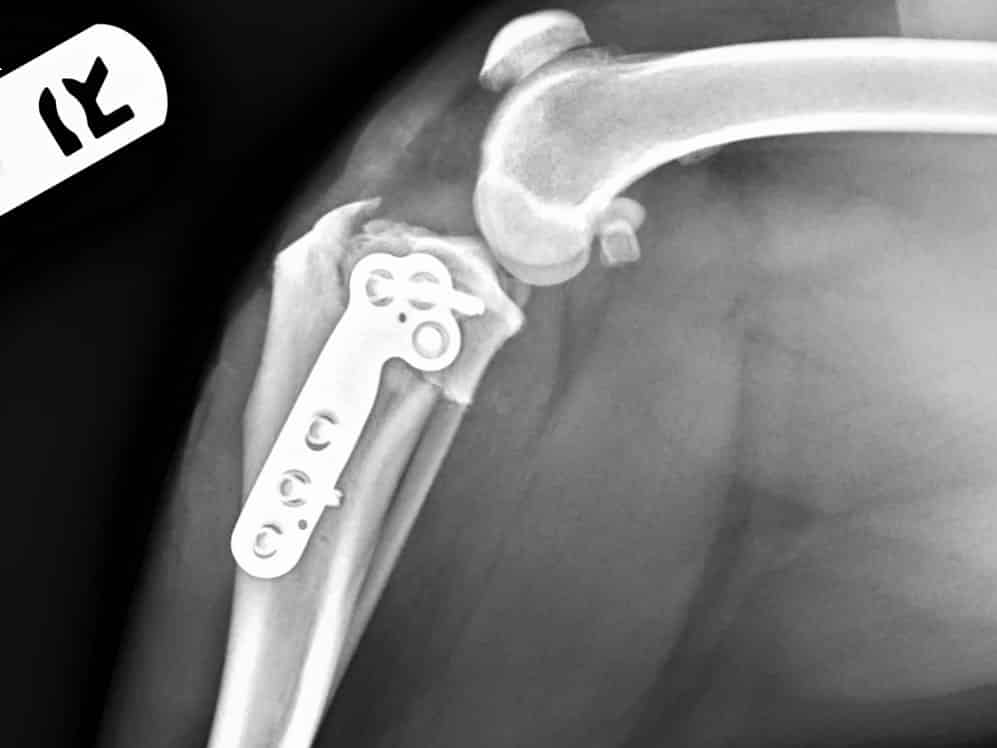
Orthopedic Surgery
IRAP
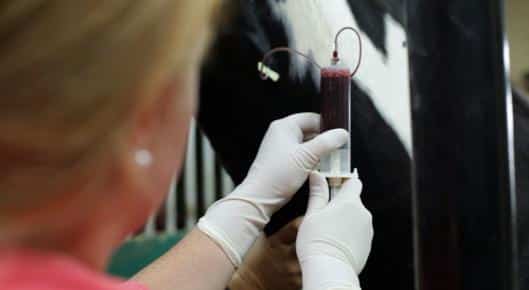
IRAP is a product used to treat osteoarthritis in horses (arthritis). IRAP is different from other products because it treats the cause of joint disease and it’s action is aimed at restoring joint lining and cartilage function.

Stem Cell Therapy
Endoscopy

We offer several endoscopic services, ranging from exploratory purposes in small animals to arthroscopy and gastroscopy monitoring in horses.
Endoscopy minimizes the invasiveness of traditional exploratory techniques.
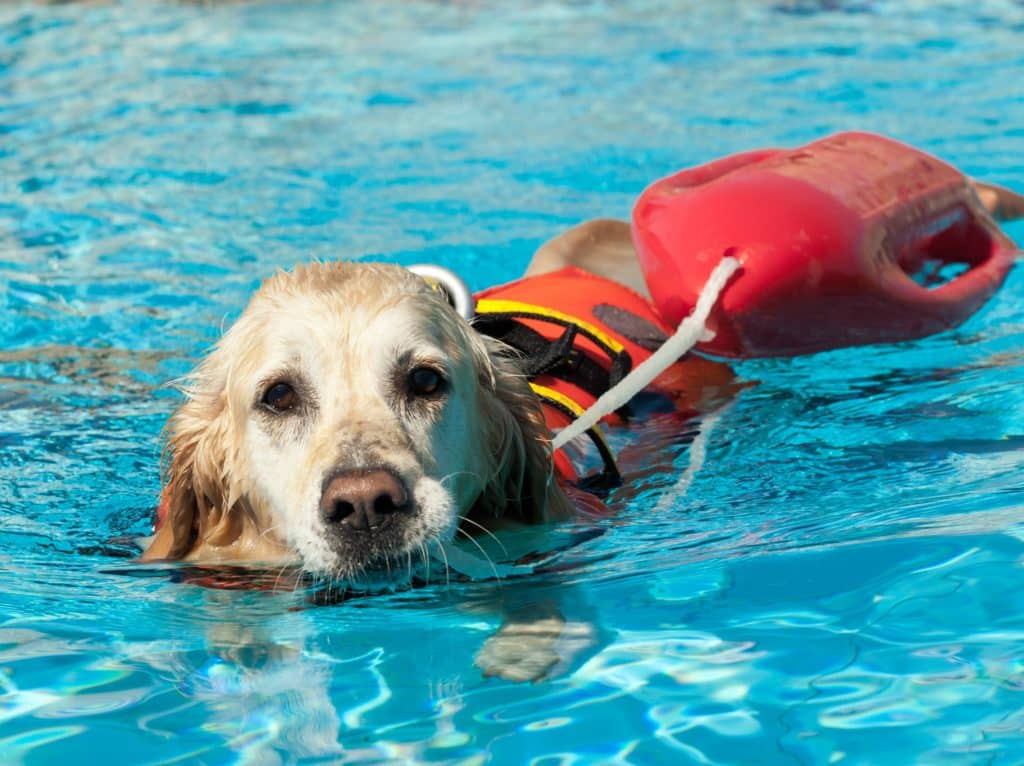
Hydrotherapy
Shockwave Therapy
Interleukin-1 Recptor Antagonist Protein (IRAP)
[ezcol_1half]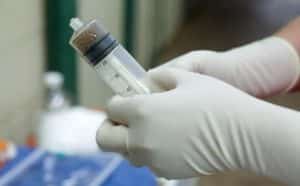 [/ezcol_1half][ezcol_1half_end]
[/ezcol_1half][ezcol_1half_end] [/ezcol_1half_end]
[/ezcol_1half_end]
IRAP is a product used to treat osteoarthritis in horses (arthritis). IRAP is different from other products because it treats the cause of joint disease and it’s action is aimed at restoring joint lining and cartilage function. Studies performed in Colorado State University show that treated horses demonstrate reduced lameness, improved joint histology (cellular make up) and a tendency towards cartilage preservation. Our clinic has seen resolution of lameness, a general improvement in the range of motion of the joint and a decrease in joint effusion in treated horses.
Traditionally the most common intra-articular medication for the management of joint disease has been cortisone injections. Clinically, with cortisone injections we often see a sudden response and improvement in the degree of lameness that then gradually wears off over a period of time. When cortisone injections are repeated we often see a decrease in the interval between treatments. Meaning, that the more cortisone injections a horse has into a particular joint, the shorter the duration of therapeutic effect and the sooner that joint will need to be treated again. The use of IRAP often allows us to delay the use of cortisone injections and prolong the athletic life of the horse. In many cases where there has been a very good response to IRAP therapy, cortisone injections to manage the degenerative joint disease can be delayed indefinitely.
The use of IRAP therapy does not increase the risk of laminitis and there is a smaller risk of joint infection using IRAP compared with using cortisone. There have been a few reported cases of reaction to IRAP serum with a ‘flare’ response seen within 24hrs of injection. This is an uncommon side effect that subsides after administration of systemic corticosteroids and application of ice to the joint.
If you would like to discuss the suitability of IRAP as a treatment for your horse, please contact our office will be happy to discuss your case.
[ezcol_1half]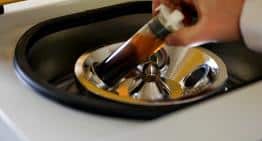 [/ezcol_1half][ezcol_1half_end]
[/ezcol_1half][ezcol_1half_end]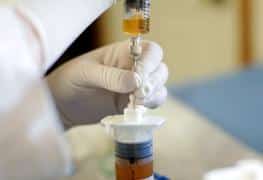 [/ezcol_1half_end]
[/ezcol_1half_end]
Noltrex
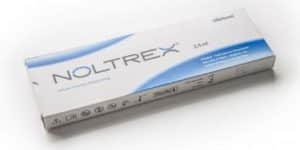 We are excited to introduce a new product for the treatment of joint disease. We are now using the synthetic joint lubricant “Noltrex” at that is an inert, non-degradable viscoelastic product.
We are excited to introduce a new product for the treatment of joint disease. We are now using the synthetic joint lubricant “Noltrex” at that is an inert, non-degradable viscoelastic product.
This product was developed in Europe as a human product for use in people that were unable to undergo surgery (such as knee replacement) due to anesthetic risks. i.e. elderly and compromised patients that had pain from degenerative joint disease. This product is administered as an intrarticular joint injection and in our Veterinary patients minimal sedation is required for injection.
Noltrex coats the joint surface and reduces the mechanical stress to the joint. When a joint has arthritis, the cushion that protects the bones from rubbing together (the cartilage) is eroded. The pain associated from bone to bone contact is extreme.
Noltrex is has not been FDA approved in the United States at this time however, Bannon Woods Veterinary Clinic is participating in the ongoing clincial trials. We are the ONLY CLINIC IN THE UNITED STATES that is using this product in small animals and one of the few in horses.
So far the results have been incredible!
We have added Noltrex to our Orthopedic protocol for joint surgery in all species at this time as an ongoing effort to provide high quality medicine and surgery for our patients.
Laser Therapy
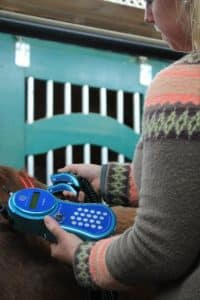 LIGHT AMPLIFICATION BY STIMULATED EMISSION OF RADIATION ( LASER)
LIGHT AMPLIFICATION BY STIMULATED EMISSION OF RADIATION ( LASER)
SURGICAL vs THERAPY LASERS
There are 2 types of lasers in the medical community. Surgical Lasers and Therapy Lasers.
Surgical Lasers are well known and can cut tissue precisely. This cutting is due to the higher power and heat generating effects resulting from a “PHOTO-THERMAL” Reaction.
Therapy Lasers are called ” Cold Lasers” to differentiate them from Surgical Lasers. They generate a PHOTO-CHEMICAL Reaction. Light energy in the violet to red area of the visible light spectrum has been found to induce physiological responses in cells via the activation of specific enzymes. This response is called BIOSTIMULATION.
Light energy of a specific wavelength , that is coherent (polarized) and focused, is absorbed by photoreceptors on cell membranes. The mitochondria ( cells “engine” so to speak) are stimulated to produce more ATP energy. A cascade of cellular chemical reactions occur which results in increased regeneration of cells and increased cell communication. This translates to enhanced tissue healing and decreased pain and inflammation.
Our practice has TWO types of cold lasers. The Class 3 Erchonia PL5 laser and the Class 4 Companion Therapy laser.
The Erchonia Laser has a consistent wavelength of 635nwm. The Erchonia Laser is able to take up to 4 different, programmable frequencies depending on which treatment protocol and target tissue is desired. Our Doctors frequently use the laser for Wound healing, post surgery to decrease swelling and pain, with her Chiropractic adjustments, and a favorite use is with COLIC.
Laser Therapy has clinically increased GI transit time in the impaction colic cases at our practice. This event of increased bowel movements after Laser Therapy has been a pleasant, repeatable finding! The laser is used as the “icing on the cake” when treating Colic cases and is preformed after the initial Physical exam, nasogastric intubation and rectal exam.
The Companion Therapy Laser is a Class 4 Laser works at a higher wattage and can therefore penetrate deeper than the class 3 laser. We use both modalities depending on what the patients’ needs.
More information about Class 4 Laser Therapy: http://www.litecure.com/companion/
We provide Chiropractic care and Laser Therapy to many species including dogs, cats, horses and alpacas.
Please call the Hospital if you have questions about this exciting treatment modality.

Magna Wave Therapy
Magna Wave Therapy has been a great addition to our integrative services. Magna Wave is a form of pulsed electromagnetic therapy. In simple terms a strong Magnet with electricity added. Our practice uses this instrument for pain relief primarily. Magna Wave is similar to a TENS unit in the sensation felt to the skin, however, a TENS unit only helps with superficial pain and the Magna Wave can penetrate up to 40 cm deep! The pulsed electromagnetic waves cause nerve confusion, decreasing the pain signals and allowing muscle relaxation. We have found that the muscle relaxation has lasted for several weeks. Our horse owners especially like this therapy as it is not a drug, so their athletes get pain relief without medication.
We look forward to helping our patients feel their best and live a long healthy life
